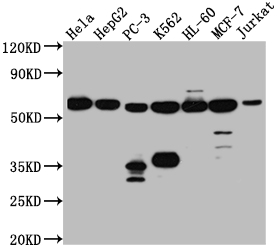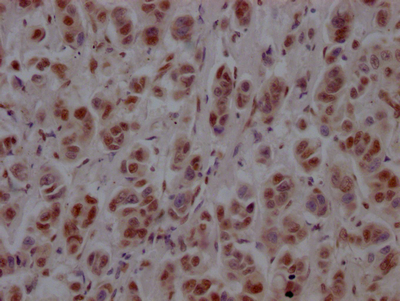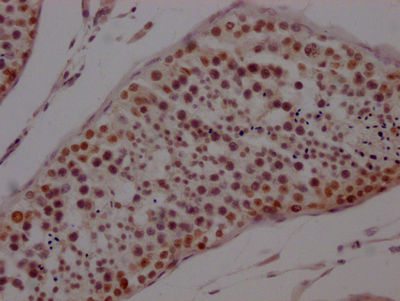The generation of a PTBP1 recombinant antibody consists of four essential steps. Firstly, the PTBP1 monoclonal antibody gene is sequenced. Secondly, the gene is cloned into a plasmid vector. Thirdly, the recombinant vector is introduced into a host cell line. Fourthly, the PTBP1 recombinant monoclonal antibody is purified from the cell culture supernatant using affinity chromatography. The PTBP1 monoclonal antibody is derived from the PTBP1 antibody-producing hybridomas, and a synthesized peptide derived from human PTBP1 is used as the immunogen during PTBP1 monoclonal antibody production. The PTBP1 recombinant monoclonal antibody can be used in ELISA, WB, and IHC applications to detect human PTBP1 protein.
The PTBP1 protein plays a role in the regulation of alternative splicing of pre-mRNAs. It binds to pyrimidine-rich sequences in the pre-mRNA and controls the selection of splice sites. PTBP1 has also been implicated in mRNA stabilization, mRNA localization, and translational control. Additionally, PTBP1 has been shown to interact with other proteins and RNA molecules to regulate various cellular processes, including cell proliferation and differentiation, apoptosis, and synaptic plasticity.








